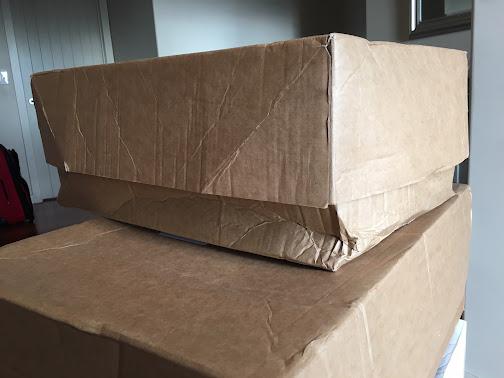The state of a product package gets immediate attention from a consumer. According to an estimate, UPS and FedEx transport over 14 million packages every day. This number continues to rise.
The outer packaging, which usually consists of cardboard, is the first thing that a consumer gets in their hands. It is the first physical interaction between a consumer and an e-commerce brand. Consumers become unhappy when they receive an unsealed, damaged, or otherwise impaired product box.
On the other hand, more issues tend to arise during product shipping from manufacturing units to distribution centers. Not configuring large pallets or other shipping loads correctly can result in product damages, causing distribution centers having to reject those damaged products or packages. This overall phenomenon leads to product loss and transit costs. That’s where it becomes necessary to ensure product protection during transit.
Material damage
Both primary and secondary packaging materials can help increase a product’s resistance to damages that tend to occur during transit. That is why it is crucial to choose the best packaging materials to reduce the risk of damage. A few factors to consider in this regard are the following.
- Improper use of stretch wrap can result in an increased product’s vulnerability to damage. This problem occurs when the film is not compatible with the wrapping machine. The strength of the film is also a significant factor in this regard. Remember, using the correct stretch wrap film can reduce the risk of product damage up to 50%.
- The durability of your package depends on flute patterns and the overall thickness of the outer packaging wall. You have to see whether you need to chip heavy products that need a sturdier outer packaging or small products that may benefit from the outer packaging design.
- To create an optimum seal, you have to choose the right tape. Remember, not all tape is created equally, so choosing the type that fits your needs is critical. You will also have to choose from several tape dispensing options. Factors that you have to consider while selecting tape are the product lifecycle, shipping distance, climate, and the surface of the outer packaging.
- When you are preparing products for transit, the most crucial aspect to take care of is the use of protective packaging. Using wrong void-fill solutions will not only increase costs unnecessarily but also make the product more susceptible to damage. Make sure to evaluate your product and its outer packaging to see whether you need bubble wrap, airbags, or packing peanuts.
Transportation hazards
Once your products are dispatched from the distribution center, they are up for a rigorous journey, which can be hostile to your product in every way possible. That is why it is necessary to optimize your product packaging according to conditions it may be subjected to during transit.
If your product has to travel through land routes, you have to protect it from vibration. Using packaging solutions that absorb vibration and fastening your packages tightly can help prevent damage to your products.
Fragile warnings on boxes can help a lot, but many handlers do not pay much attention to those signs. This carelessness or poor handling can result in product damage. Using protective packaging and edge-protectors can help keep fragile products safe.
While packaging your products, make sure to consider every product damage possibility. This way, you will know what materials to ensure optimum protection of your goods.



